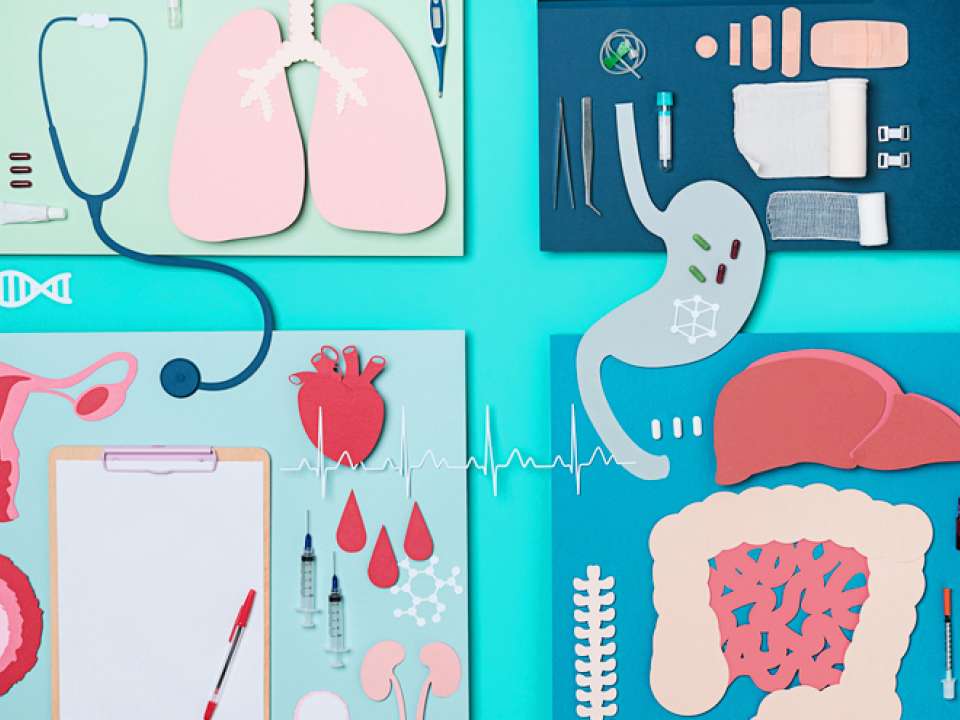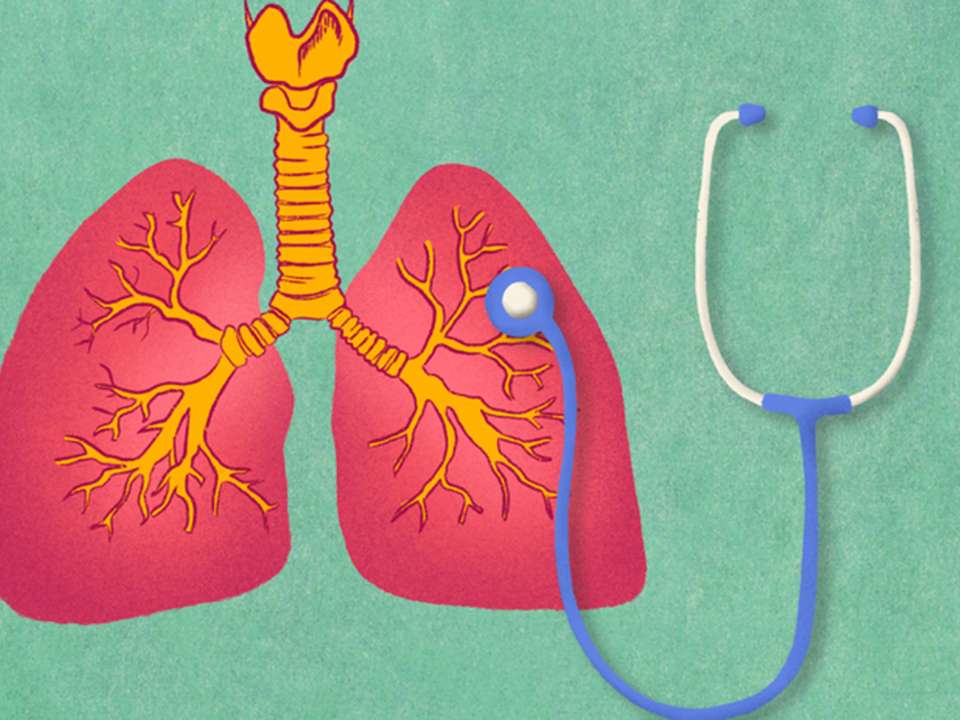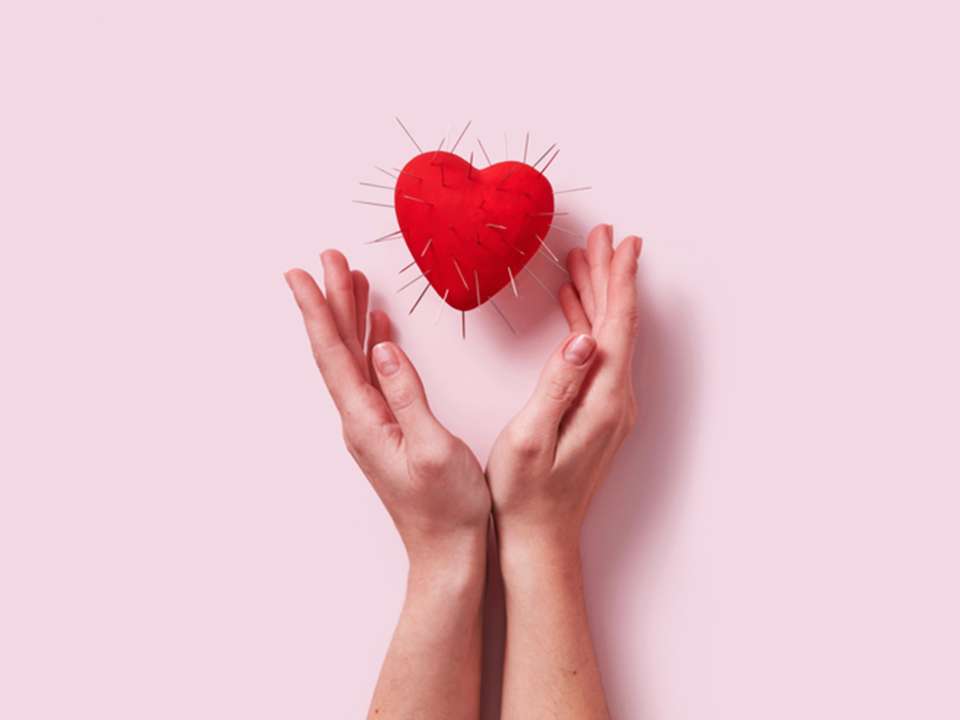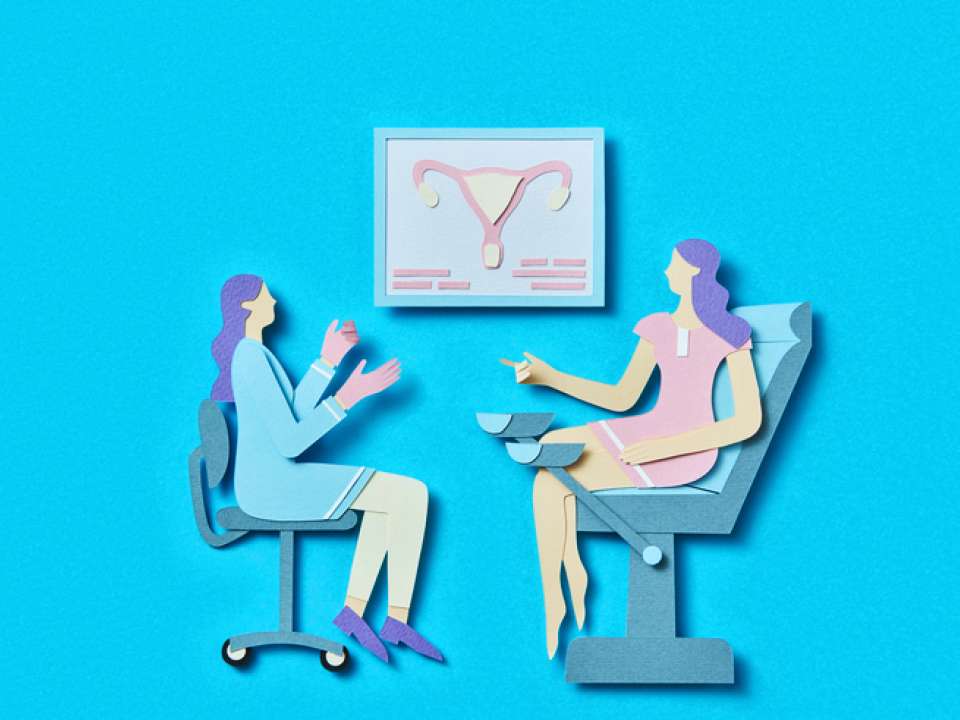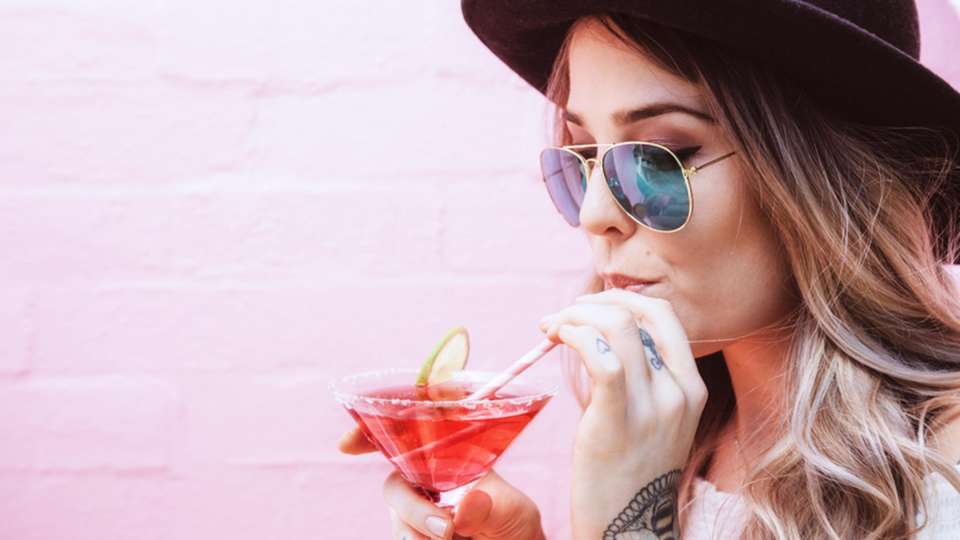
After a stressful day, you decide to pour yourself a much-deserved glass of wine. That becomes two glasses, then three … and suddenly the bottle’s gone.
Many of us have been there. But we also need to dish out a reality check: Drinking that much in one sitting is technically considered binge drinking.
Indulging in the quiet of your own home may not be what comes to mind when you think of binge drinking, which is more often associated with frat parties or spring break. And letting loose once in a while isn’t a big deal.
Still, it’s important to know what binge drinking really looks like, because too much of it can lead to health problems.
What is binge drinking?
The standard definition for binge drinking is consuming four drinks (or more) for women or five drinks (or more) for men within about 2 hours.
Binge drinking is more common among college-aged people and millennials. At least half of alcohol-related deaths can be attributed to binge drinking.
Overall, rates of binge drinking among college students have been declining in recent years, says Jason Kilmer, an associate professor of psychiatry and behavioral sciences at the UW School of Medicine.
However, rates have actually been increasing among women. A 2019 study found that binge drinking increased by more than 20% among women in their thirties and early forties between 2006 and 2018.
Plus, recent research has shown that some people who binge drink consume much more alcohol during those occasions than previously thought, says Christine Lee, a research professor of psychiatry and behavioral sciences at the UW School of Medicine.
This kind of extreme binge drinking — usually called high-intensity drinking — involves drinking two or three times as much as standard binge drinking.
Why is binge drinking dangerous?
There are many short-term risks associated with binge drinking and high-intensity drinking, such as blacking out and making decisions that are later regretted.
It’s also linked with heavy drinking overall and can potentially lead to someone becoming dependent on alcohol, says Lee.
You may have heard that drinking alcohol kills brain cells, which isn’t technically true. However, drinking can injure brain cells and make it hard for them to communicate which each other — both things that, if severe enough, can lead to brain damage.
An often-unnoticed risk of binge drinking is that it can become a health problem without someone realizing it.
Dr. Charles Landis, a gastroenterologist and liver transplant specialist at Harborview Medical Center, has been seeing more younger patients in need of liver transplants. Many of them are otherwise healthy and functioning well. This is not the typical situation for people with chronic alcohol overuse, which suggests to him that binge drinking may play a role.
“Patients will say, ‘I don’t think I ever had a drinking problem.’ Those are the folks where it creeps up on them over time,” he says.
Why you should pay attention to your drinking habits
The reality is that, even though alcohol is technically a toxin, most people like to drink. And it’s OK if you have a few too many beers once in a while.
“The liver does have a wonderful ability to recover, so if someone went out and had a binge drinking episode and that was it, 6 months later their liver should be back to normal function,” says Landis.
But more than that and you might start to notice problems, both physical — because the liver can only repair itself so much — and social.
Whether or not your drinking levels are a problem really depends on how they’re impacting your life.
“A lot of people seem surprised that frequency and quantity are not part of the diagnostic criteria for an alcohol use disorder. Instead, it’s about effects on their life – frequency and quantity can certainly affect those issues, but it’s more than frequency and quantity alone,” says Kilmer.
He offers an example comparing two hypothetical people, both of whom are women who drink seven drinks in one week. The first woman has seven drinks spread across the week, with no more than three drinks in one day. The second woman has all seven drinks in one day.
“They both drink seven drinks per week, but the one who has seven on the same day is exceeding guidelines for low-risk drinking for women and likely experiencing acute unwanted effects from alcohol,” he says.
How to have a healthier relationship with alcohol
If you think you might be drinking too much, or just want to make some changes in how you consume alcohol, here are a few strategies to start with. If you would like to seek help for issues with alcohol use, UW’s Alcohol and Drug Abuse Institute has a list of resources, from helplines to local recovery groups.
Set goals before you drink
Make a plan before you drink so you have rules to hold yourself accountable. This could mean limiting yourself to only a couple drinks, spreading your drinking out over the night, telling yourself you’ll drink a glass of water in between each alcoholic beverage, or making sure you choose your favorite drinks so you aren’t wasting your allotted number of drinks on things you don’t love.
Using any of these strategies or a combination of them can help you make sure your drinking habits are in line with your health goals.
Know how much you’re actually drinking
When you’re drinking, don’t let your glass fool you: Maybe you only had two cocktails, but that could likely be more than two standard drinks depending on the size of the drinks and amount of alcohol in the drink.
Even if you’re just drinking some wine at home, your version of a pour may be more (or less) than the standard amount.
According to the CDC, a standard drink is 0.6 ounces of ethyl alcohol. That equals 12 ounces of beer with 5% alcohol content, 5 ounces of wine with 12% alcohol content, or a 1.5-ounce shot of hard liquor at 40% alcohol content.
So when you consider that you should only be having one drink a day (for women) or two drinks a day (for men), max, these are the numbers to keep in mind when you pour.
Consider (even temporary) sobriety
It may seem like there’s never-ending pressure to drink, especially in social situations. And while that’s true, it’s also true that the opposite — abstaining from alcohol entirely — is becoming more popular.
The “sober curious” movement is all about nixing alcohol without shame, and it’s trendy among millennials in particular. Some participants also enjoy imbibing craft mocktails.
There’s no question that drinking less (or not at all) is good for your health, and it’s also good for your wallet.
“Recent research has shown that even a 30-day break from alcohol can have numerous health benefits, but we fully realize that for some people, they find that a much longer break is needed, including the decision to choose complete abstinence,” says Kilmer.
Ask yourself why you drink
A lot of people say they drink because it relaxes them and makes it easier to socialize. But research has shown that this effect comes from peoples’ expectations of alcohol, not the drink itself.
“Someone’s comfort socially may come as much from having a cup or drink in their hand as a ‘buffer’ of sorts, and less to do with the contents of that cup,” explains Kilmer.
Keeping this in mind, ask yourself why you drink. Is it to rein in social anxiety? Is it because everyone else drinks? Or is it because you genuinely just enjoy the flavor of a well-crafted cocktail or cold beer?
“It is a good strategy for those who drink and drink regularly to check in with themselves periodically to think about and evaluate their motivations for drinking,” Lee says.
If you drink because you feel some sort of pressure to, it might be worth reevaluating your approach. But if you drink because it makes you happy, well, cheers to that.

 Healthy ideas for your inbox
Healthy ideas for your inbox
